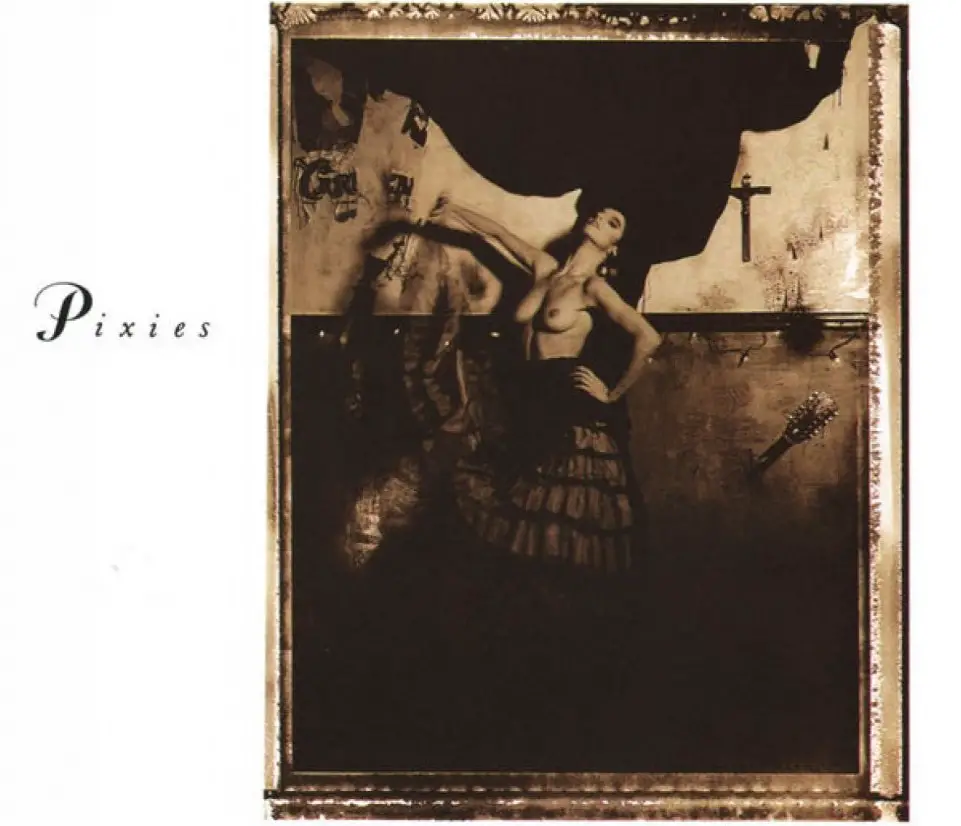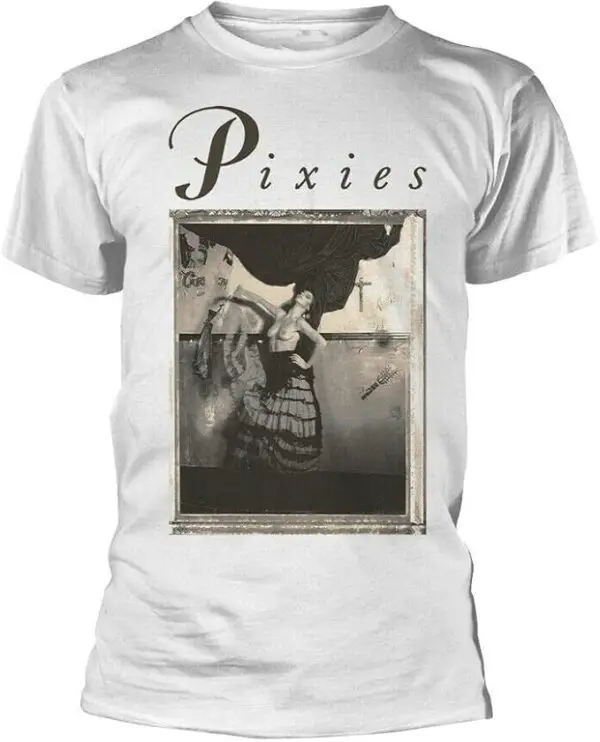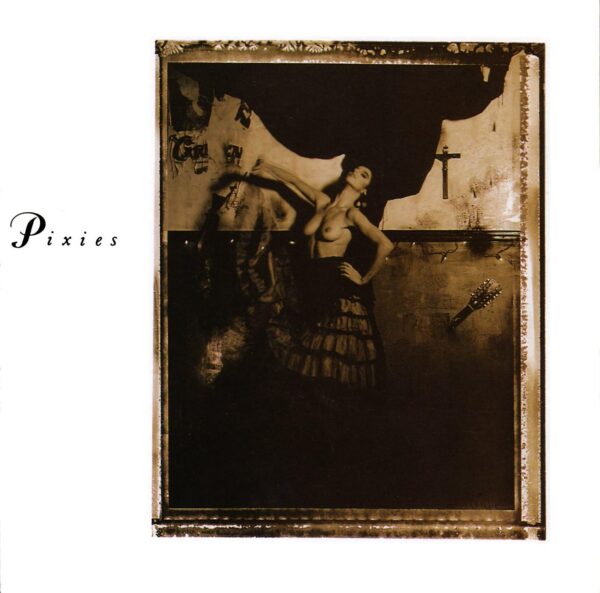History and Development of Surfer Rosa
When discussing the iconic albums that changed the trajectory of alternative rock, the Pixies’ ‘Surfer Rosa’ is an indisputable standout. Released in 1988, this album marked a pivotal moment in the band’s career, solidifying them as pioneers of their genre.
It was in a Boston rehearsal room in 1986 that Charles Thompson, adopting the moniker Black Francis, joined forces with Joey Santiago, Kim Deal, and David Lovering to birth the Pixies. As the band played local gigs and created demos, their distinct sound quickly garnered attention. They got their big break with the mini-LP ‘Come On Pilgrim’ in 1987. However, it was the following year’s ‘Surfer Rosa’ that truly thrust the Pixies into the spotlight.
The production of ‘Surfer Rosa’ took place in the famed Q Division Studios in Massachusetts, with the legendary Steve Albini at the helm. Albini, known for his raw and abrasive sound, proved to be the perfect fit for the Pixies’ audacious vision. The album was recorded in a mere 10 days, capturing the band’s unfiltered energy and authentic essence.
Track Listing
The tracks on ‘Surfer Rosa’ seamlessly blend raw punk elements with melodic hooks and surreal lyrics. Let’s delve into its sonic universe:
- Bone Machine: A thunderous opener, this track delves into themes of betrayal and introduces listeners to the band’s juxtaposition of loud and quiet dynamics.
- Break My Body: Guitar riffs combined with a potent bass line foreground Black Francis’ haunting vocals, encapsulating the album’s gritty essence.
- Something Against You: A cacophony of distorted guitars and vocals, this track emphasizes the album’s punk roots.
- Broken Face: Packed with relentless energy, it showcases the band’s flair for brief, impactful tracks.
- Gigantic: Sung primarily by bassist Kim Deal, this is one of the Pixies’ biggest hits. Its catchy chorus and anthemic melody remain unforgettable.
- River Euphrates: The sound of swirling guitars and Black Francis’ yells transport listeners to a dreamlike state.
- Where Is My Mind?: Perhaps the most iconic track, its ethereal atmosphere and poignant lyrics have resonated across generations.
- Cactus: A song about longing, the repetitive chorus of “P-I-X-I-E-S” becomes a captivating chant.
- Tony’s Theme: Celebrating an ordinary superhero, this track is packed with unbridled energy.
- Oh My Golly!: Its rapid tempo and infectious rhythm make it a standout.
- Vamos: A re-recorded version from their debut, its piercing guitars and rebellious aura encapsulate the band’s essence.
- I’m Amazed: A frenetic track, it seamlessly meshes spoken word elements with the band’s signature sound.
- Brick is Red: A powerful closer, it offers a sense of resolution while leaving listeners yearning for more.
Significant Reviews
‘Surfer Rosa’ wasn’t just an album; it was an event. Critics and fans alike lauded its groundbreaking sound.
Rolling Stone magazine remarked on the band’s innovative use of dynamics, praising the way they flitted between whisper-quiet verses and booming choruses. NME was equally effusive, heralding the Pixies as the future of rock.
Perhaps the most telling review was from Kurt Cobain. The Nirvana frontman frequently cited ‘Surfer Rosa’ as a significant influence on their seminal album ‘Nevermind’. He particularly admired the album’s raw sound and the band’s unique approach to songwriting.
Key Themes
One of the reasons ‘Surfer Rosa’ has maintained its cultural relevance is the rich tapestry of themes it weaves. The album touches on surrealism, juxtaposing the mundane with the bizarre. Themes of violence, religion, and sexuality are explored, often with a touch of dark humor.
Tracks like “Bone Machine” and “Broken Face” touch upon unsettling stories, bringing out a sense of unease. Meanwhile, “Gigantic” and “Where Is My Mind?” serve as anthems for those feeling adrift in the world.
The combination of Black Francis’ cryptic lyrics and the band’s ability to shift musical tones gives each track a multifaceted appeal. The result is an album that challenges, intrigues, and ultimately captivates its listeners.
The Resonating Echoes: How Pixies’ ‘Surfer Rosa’ Shaped Nirvana’s Sound”
When discussing the pantheon of alternative rock, two bands frequently emerge as luminaries: Pixies and Nirvana. Their sounds, while distinct, are inextricably linked. At the epicenter of this connection lies Pixies’ groundbreaking 1988 album, ‘Surfer Rosa.’ Its influence on Nirvana, and specifically on Kurt Cobain, the band’s enigmatic frontman, is both well-documented and profound.
The Admirer and the Admired
Kurt Cobain never shied away from acknowledging his influences. Among them, Pixies held a special place. He often cited ‘Surfer Rosa’ as an album that profoundly impacted his songwriting approach and Nirvana’s overall sound.
In various interviews, Cobain admitted to attempting to emulate the Pixies’ unique blend of “quiet verses and loud choruses.” This dynamic became a hallmark of the grunge movement and is evident in many of Nirvana’s tracks.
A Sonic Blueprint
The Pixies, with ‘Surfer Rosa’ at the forefront, mastered a unique juxtaposition in their songs: the soft-loud-soft formula. The use of subdued verses that erupt into explosive choruses can be heard throughout the album, in tracks like “Where Is My Mind?” and “Bone Machine.”
Nirvana took this formula and ran with it. Their breakout single “Smells Like Teen Spirit” from the 1991 album ‘Nevermind’ is a quintessential example. The track starts with a restrained guitar riff that bursts into a wall of sound at the chorus. Cobain himself once mentioned that he was “basically trying to rip off the Pixies” when creating the song. This was not an isolated instance; the influence permeated throughout ‘Nevermind’ and their subsequent works.
A Raw Aesthetic
Beyond the song structure, what drew Cobain to ‘Surfer Rosa’ was its raw, unfiltered production. Produced by Steve Albini, the album has an almost live, in-the-room feel. Albini’s approach was to capture the band’s essence without the over-polished sheen prevalent in many 80s productions.
Recognizing the power of this rawness, Cobain sought Albini to produce Nirvana’s 1993 album ‘In Utero.’ Albini’s influence is palpable. The album sounds grittier, more visceral than ‘Nevermind,’ echoing the unvarnished aesthetic of ‘Surfer Rosa.’
Shared Themes and Sensibilities
While the Pixies’ lyricism, driven by Black Francis’ enigmatic songwriting, is more surreal and abstract than Cobain’s often introspective verses, there’s a shared sense of rebellion, darkness, and exploration of inner turmoil.
Both bands often touched upon feelings of alienation and disillusionment, albeit in different ways. Where Pixies might cloak meaning in layers of surreal imagery, Cobain’s lyrics were often more direct, but they shared a kinship in sentiment.
Beyond Sound: The Aesthetics and Attitude
It wasn’t just the sound; it was the attitude. Both Pixies and Nirvana shared a nonchalant disregard for the mainstream. They operated on their terms, defining their paths, and in the process, attracted legions of fans who resonated with their authenticity.
Album covers, music videos, and live performances from both bands emanated a sense of not fitting neatly into any mold. This was alternative rock in its truest sense, and fans across the globe were eager for something that felt real, raw, and uncompromising.
Legacy and Beyond
While Nirvana’s time was tragically short-lived, their legacy, intertwined with the influence of the Pixies and ‘Surfer Rosa,’ continues to resonate. Bands today still cite both as influences, testament to their lasting impact on rock music.
For fans and musicians alike, the relationship between ‘Surfer Rosa’ and Nirvana serves as a reminder of the power of genuine artistry. It’s a testament to how one band, inspired by another, can shape an entire movement and leave an indelible mark on music history.
Version/Release History
While ‘Surfer Rosa’ was initially released in 1988, its influence ensured multiple reissues and special editions in the years that followed.
The first release was on vinyl and cassette, with the now-iconic album cover featuring a topless flamenco dancer, setting the tone for the album’s raw and unfiltered sound. Following the rise of the CD era, ‘Surfer Rosa’ was reissued on compact disc in 1992.
The 2004 reissue is particularly noteworthy. To celebrate the album’s enduring impact, a special edition CD was released, which combined ‘Surfer Rosa’ with ‘Come On Pilgrim’. This edition featured additional artwork and a remastered sound.
‘Surfer Rosa’ also found new life in the digital age. With the resurgence of vinyl in the 2010s, fresh pressings made their way to stores, allowing a new generation to experience the album as it was initially intended.
Similar Albums
‘Surfer Rosa’ is undeniably unique, but it shares DNA with other seminal albums of its time:
Nirvana’s ‘Bleach’
Before the massive success of ‘Nevermind’, Nirvana’s debut album ‘Bleach’ set the stage. Raw, unfiltered, and packed with potent energy, ‘Bleach’ exhibited the band’s punk roots. Tracks like “Negative Creep” and “School” exude a ferocity and edge akin to the Pixies, establishing Nirvana as a force in the alternative scene.
Sonic Youth’s ‘Daydream Nation’
Released the same year as ‘Surfer Rosa’, ‘Daydream Nation’ by Sonic Youth is an audacious mix of avant-garde noise rock and melodic sensibilities. Tracks such as “Teen Age Riot” and “Silver Rocket” showcase the band’s talent for juxtaposing dissonant guitar riffs with catchy hooks, a trait that resonated well with fans of the Pixies.
The Breeders’ ‘Last Splash’
Given that The Breeders were co-founded by Pixies’ bassist Kim Deal, it’s no surprise that ‘Last Splash’ shares some DNA with ‘Surfer Rosa’. While tracks like “Cannonball” and “Divine Hammer” have a more polished production, the album’s rebellious spirit and innovative songwriting shine through, mirroring the Pixies’ essence.
My Bloody Valentine’s ‘Loveless’
Though rooted more in the shoegaze genre, ‘Loveless’ by My Bloody Valentine shares the Pixies’ penchant for blending noise with melody. The album’s swirling guitars, ethereal vocals, and dreamlike atmosphere can be likened to tracks such as “Where Is My Mind?” from ‘Surfer Rosa’.
Pavement’s ‘Slanted and Enchanted’
Pavement’s 1992 debut ‘Slanted and Enchanted’ is a masterclass in lo-fi indie rock. The album, with tracks like “Summer Babe” and “In the Mouth a Desert”, encapsulates a laid-back yet incisive sound that fans of ‘Surfer Rosa’ would appreciate. The off-kilter melodies and quirky lyrics resonate with the Pixies’ style.
Dinosaur Jr.’s ‘You’re Living All Over Me’
Released a year before ‘Surfer Rosa’, Dinosaur Jr.’s ‘You’re Living All Over Me’ is a powerful blend of noise rock, punk, and melodic guitar solos. J Mascis’ impassioned vocals and searing guitar work on tracks like “Little Fury Things” and “In a Jar” channel a spirit that Pixies enthusiasts can latch onto.
The Jesus and Mary Chain’s ‘Psychocandy’
Blending noise pop with post-punk, The Jesus and Mary Chain’s ‘Psychocandy’ is a sonic assault. The feedback-laden tracks, paired with dark, brooding melodies, make it a must-listen for those who relish the raw edges of ‘Surfer Rosa’.
While ‘Surfer Rosa’ is undeniably a unique gem, these albums highlight a vibrant era of alternative music. Each, in its way, contributed to the rich tapestry of sounds that fans of the Pixies came to adore. Exploring them provides a broader understanding of the musical landscape that ‘Surfer Rosa’ so prominently influenced and was influenced by.
Diving into ‘Surfer Rosa’ is an exploration of a sonic world where rules are broken, boundaries are pushed, and listeners are constantly surprised. Its legacy isn’t just in its tracks but in the way it reshaped the landscape of alternative rock. The ripples it created can still be felt today, in countless bands and artists who found their voice through the Pixies’ fearless experimentation.
-
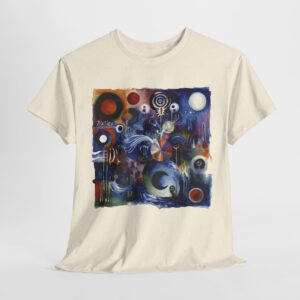 The Pixies T-shirt – Come on Pilgrim Impressionist watercolour$15.68 – $21.87
The Pixies T-shirt – Come on Pilgrim Impressionist watercolour$15.68 – $21.87 -
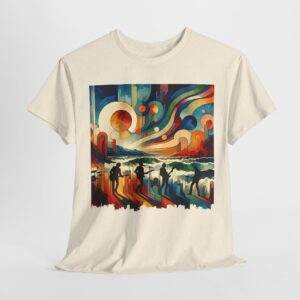 The Pixies T-shirt – Impressionist watercolour T-shirt
The Pixies T-shirt – Impressionist watercolour T-shirt -
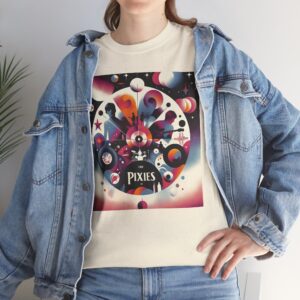 The Pixies – Watercolour Style retro T-shirt
The Pixies – Watercolour Style retro T-shirt -
 The Pixies – Monkey Gone to Heaven – Soviet Propaganda Style – USSR T-shirt
The Pixies – Monkey Gone to Heaven – Soviet Propaganda Style – USSR T-shirt -
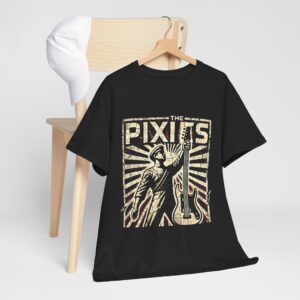 The Pixies – Retro Look – Soviet Propaganda Style – USSR TShirt
The Pixies – Retro Look – Soviet Propaganda Style – USSR TShirt -
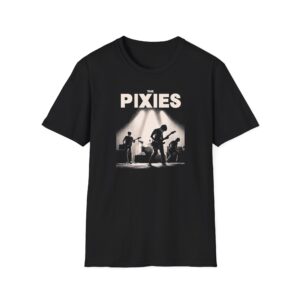 Pixies Concert T-Shirt$16.13 – $24.40
Pixies Concert T-Shirt$16.13 – $24.40 -
 Surfer Rosa & Come On Pilgrim
Surfer Rosa & Come On Pilgrim -
 Surfer Rosa T-Shirts
Surfer Rosa T-Shirts
